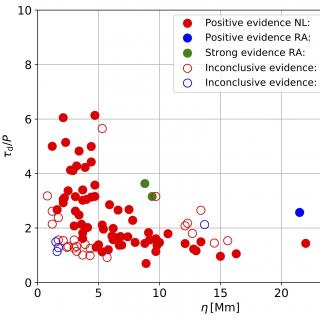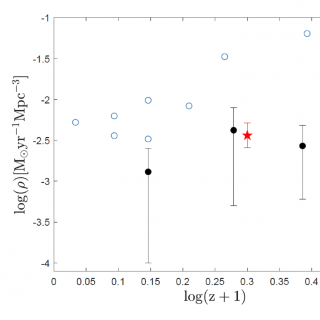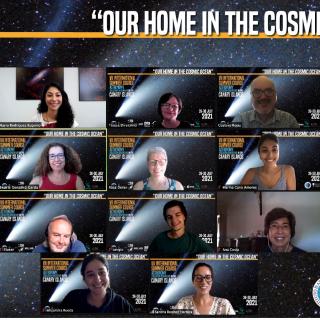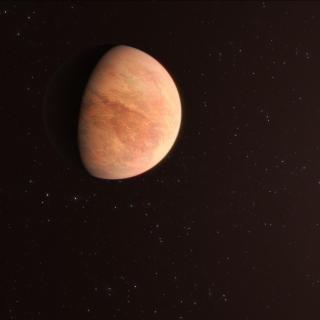
The solar coronal heating problem originated almost 80 years ago and remains unsolved. A plausible explanation lies in mechanisms based on magnetic wave energy dissipation. Currently, several linear and nonlinear wave damping models have been proposed. The advent of space instrumentation has led to the creation of catalogues containing the properties of a large number of loop oscillation events. When the damping ratio of the oscillations is plotted against their oscillation amplitude, the data are scattered forming a cloud with a triangular shape. Larger amplitudes correspond in general to
Advertised on




